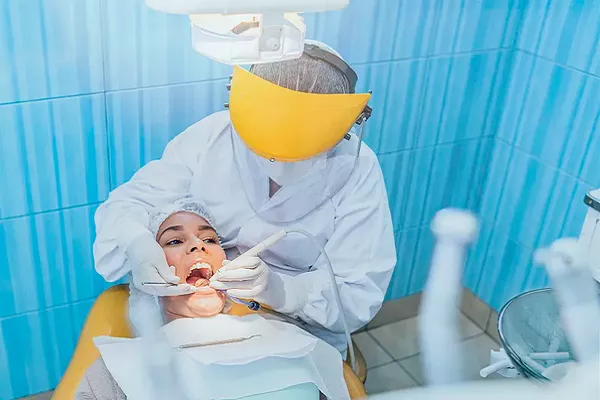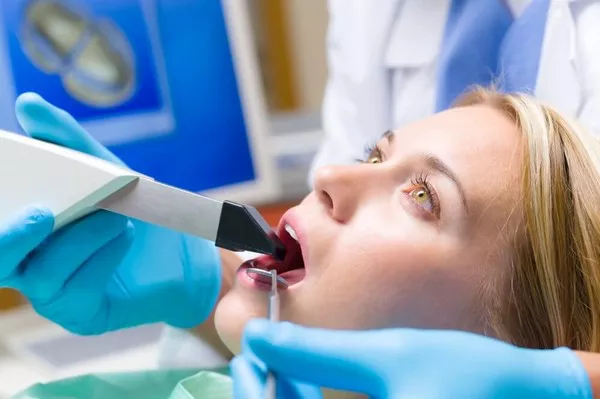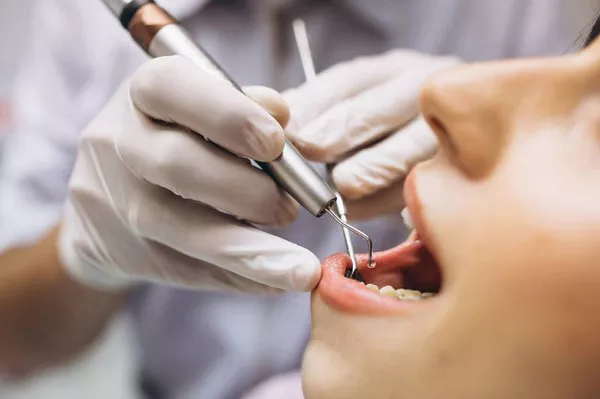Wisdom teeth removal is a common dental procedure undertaken to address various concerns such as impaction, crowding, or potential oral health complications. Amidst the recovery process, patients often find themselves wondering: When is pain the worst after wisdom teeth removal? In this comprehensive guide, we explore the nuances of post-operative discomfort, examining when the peaks of pain are most likely to occur and offering insights into managing this aspect of recovery.
Understanding Post-Operative Pain: A Brief Overview
Normal Aftermath: It’s important to acknowledge that some level of pain and discomfort is a normal part of the healing process after wisdom teeth removal. Understanding the timing of when pain is most pronounced can aid in preparing for and managing this aspect of recovery.
Individual Variability: Each person’s experience with post-operative pain can vary. Factors such as the complexity of the extraction, individual pain tolerance, and adherence to post-operative care guidelines contribute to the variability in pain experiences.
The Initial Hours: Immediate Discomfort
First 24-48 Hours: The immediate aftermath of wisdom teeth removal is characterized by heightened sensitivity and discomfort. This is primarily due to the anesthesia wearing off, and the initial stages of healing commencing.
Managing Early Discomfort: During this period, it’s crucial to follow prescribed pain management protocols, which may include over-the-counter pain relievers, prescribed medications, and adherence to rest and cold compress application.
Inflammation and Swelling: Peaking at 2-3 Days
Second to Third Day: In many cases, the peak of pain associated with wisdom teeth removal occurs around the second to third day after the procedure. This is often attributed to the body’s inflammatory response, resulting in swelling around the surgical sites.
Addressing Swelling: Cold compresses, prescribed anti-inflammatory medications, and maintaining an elevated head position while resting can help manage the swelling and associated discomfort during this peak period.
Transition to Subsiding Pain: Beyond the First Week
Fourth to Seventh Day: As the initial inflammation subsides, many individuals experience a notable decrease in pain around the fourth to seventh day post-surgery. At this point, the focus shifts from managing acute discomfort to promoting continued healing.
Gradual Resumption of Normal Activities: While pain may still be present, it becomes more manageable, allowing patients to gradually resume normal activities and return to a more regular diet.
Factors Influencing Pain Levels: Understanding the Variables
Extraction Complexity: The complexity of the wisdom teeth extraction can significantly influence the degree of post-operative pain. Impacted teeth or surgical complications may result in a more extended and uncomfortable recovery.
Individual Pain Tolerance: Pain tolerance varies among individuals. Some may experience minimal discomfort, while others may find the post-operative period more challenging. Open communication with the dental care team can help tailor pain management strategies to individual needs.
Post-Operative Care: Mitigating Pain Through Diligence
Prescribed Medications: Adhering to prescribed pain medications as directed by your dentist or oral surgeon is crucial for effective pain management. Taking medications on schedule helps maintain a consistent level of pain relief.
Oral Hygiene Practices: Gentle oral hygiene practices, including careful brushing and the use of prescribed mouthwash, contribute to preventing infections and minimizing pain associated with maintaining oral hygiene.
Conclusion: Navigating Peaks Towards Comfortable Recovery
In conclusion, understanding when pain is the worst after wisdom teeth removal is key to navigating the peaks of discomfort during recovery. The initial 24-48 hours and the second to third day post-surgery often mark the periods of heightened sensitivity, primarily driven by the body’s healing responses. As the inflammation subsides beyond the first week, individuals typically experience a more manageable level of pain. Factors such as extraction complexity and individual pain tolerance contribute to the variability in post-operative pain experiences.
A collaborative approach with your dental care team, including open communication about pain levels and adherence to prescribed post-operative care, is fundamental to a comfortable recovery. While the road to full healing may have its peaks, diligent management and patience pave the way for a smoother journey towards oral health and well-being.
Can I Drink Pineapple Juice After Wisdom Teeth Removal
Can I Eat Meat After Wisdom Teeth Removal
Navigating Post-Wisdom Teeth Removal: When Can I Safely Enjoy Solid Foods?






























